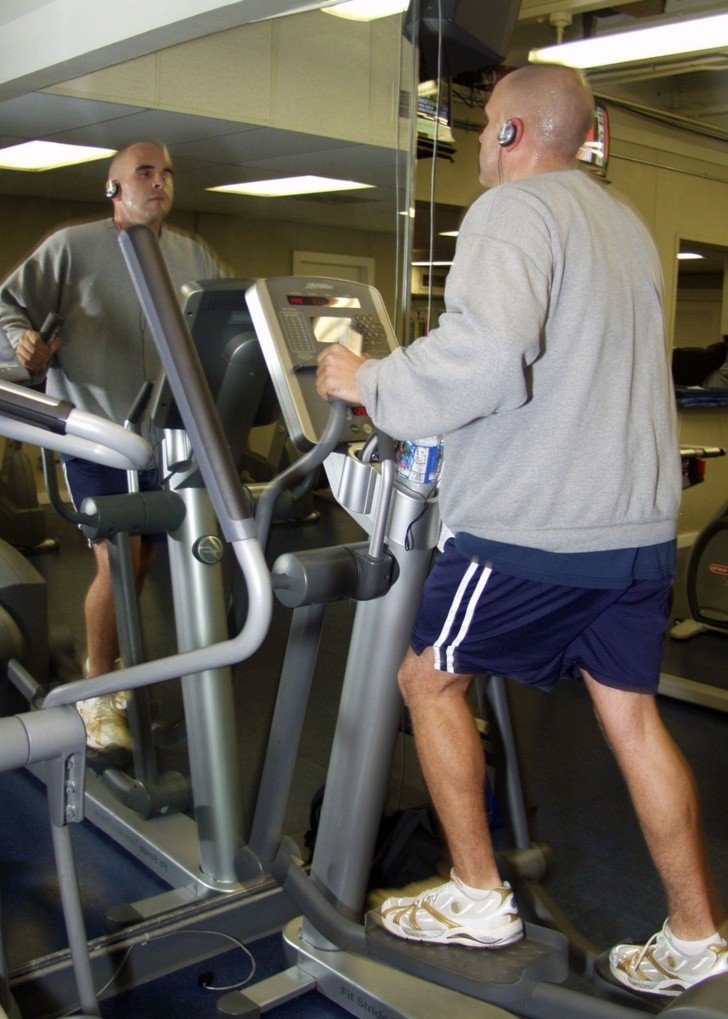
Cardiovascular diseases have no cure and their mortality is very high, affecting seven out of ten Mexicans according to statistics
Seven out of 10 Mexicans have at least one risk factor for developing cardiovascular disease, which can cause heart failure that endangers the lives of patients, a specialist warned this Wednesday.
"Heart failure is a disease that has no cure and its mortality rate is very high . It causes more people to die than from any type of cancer," said Dr. Carlos Guízar, assigned to the heart failure clinic of the National Institute of Cardiology.
Heart failure is a disease that affects more than 37.7 million people in the world and occurs when the heart is unable to pump blood to make it reach the circulatory system.
It may interest you: Sausages are made of something that you would not eat when you see it

Characteristic symptoms include fluid retention, swollen legs or abdomen, water in the lungs, dizziness or fainting, and a severe feeling of fatigue. In the long term, this weak heart condition can also make other organs sick.
According to the World Health Organization (WHO), cardiovascular diseases are, globally, the leading cause of death and more than three-quarters of them occur in low- and middle-income countries.
In Mexico, cardiovascular diseases are the main cause of death, including heart failure (HF), which has shown a survival rate of 50% due to its rapid progression and impact on the quality of life of people who suffer from it .
Heart failure is a direct consequence of diabetes, sedentary lifestyle, coronary heart disease, high blood pressure, and obesity.
"There are many people who have a very damaged heart that is unable to supply blood to the entire body and generates complications and discomfort, great health costs," said the doctor.
CHALLENGE FOR HEALTH SYSTEMS
This disease is a challenge for health models, since many patients do not know how to cope with it and, therefore, their probability of dying when they enter a hospital is 50%
The challenge, said Dr. Guízar, is not only to see those who already have the disease but "to go to the hidden part of the iceberg and focus on those who have risk factors," he said.
He pointed out that 15 years ago of the patients who came to the emergency room, 30% were due to heart failure and now half of the people who come to the emergency room suffer from this condition.
He stated that it is necessary for health professionals to be attentive to the population that has risk factors because "what we see is that patients do not receive adequate and timely diagnosis, treatment and follow-up is difficult and the needs of the patient are changing" .
He exalted the need to diagnose the disease in a timely manner, give it treatment and follow-up, and teach the patient to live with the disease.
The specialist warned that treatment must be rigorous and lifelong and that healthy lifestyles prevent the heart from weakening prematurely.
"Prevention is essential. Cardiovascular diseases are preventable, but an investment in the issue is required. We could reduce mortality if risk factors are controlled by up to 70%, which is why it is important," he concluded.